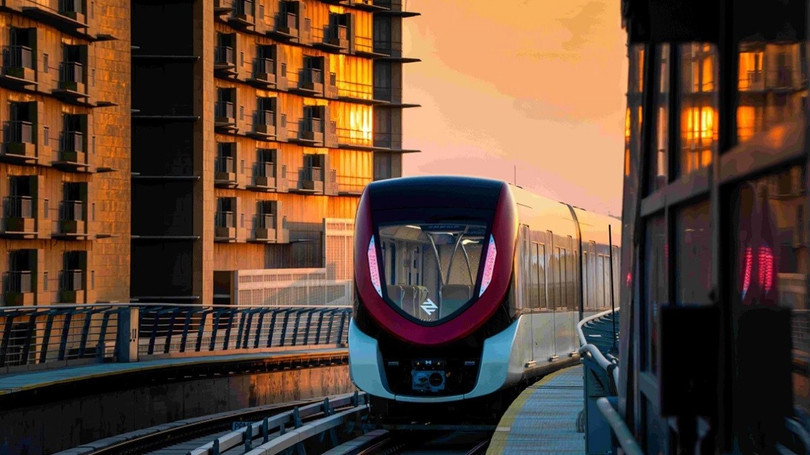
The metro is usually just a means of getting around a city, but Saudi Arabia's new Riyadh Metro is changing the concept completely.
Opening in December 2024, this automated rapid transit system gives new meaning to the saying "it's the journey, not the destination."
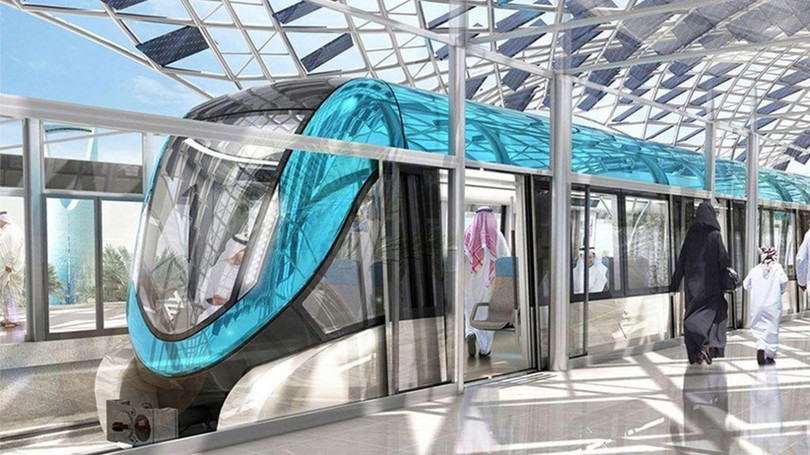
Spanning over 176 km with six different lines, Riyah is the world's longest driverless metro system, connecting key points of the capital, including King Khalid International Airport and King Abdullah Financial District (KAFD).
The Metro operates from 5:30 a.m. to midnight Saturday to Thursday, and from 10 a.m. to midnight on Friday. Fares start at SAR 4 (just over $1) for a two-hour pass; SAR 20 for three days of unlimited travel and SAR 140 ($37) for a monthly pass.
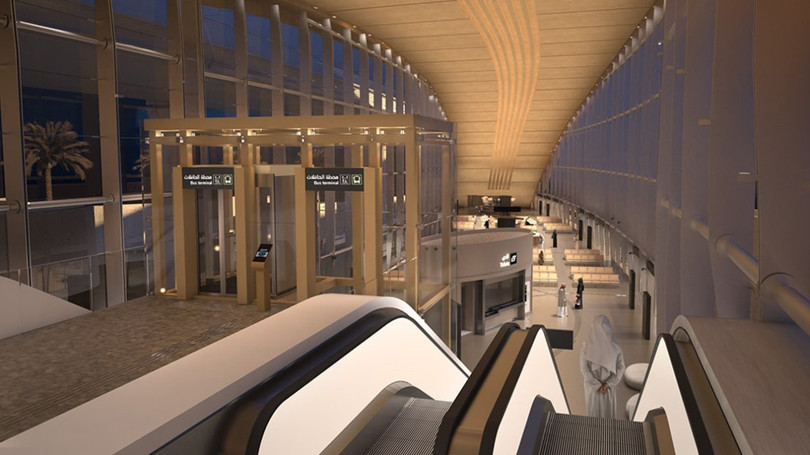
Similar to other Muslim cities such as Kuala Lumpur and Dubai, the train has separate areas for men and women. The Riyadh train is divided into three types of carriages: a car for men traveling alone, a family car for women and families, and a first-class car for VIP passengers. Eating and drinking are prohibited in the carriages to ensure hygiene.
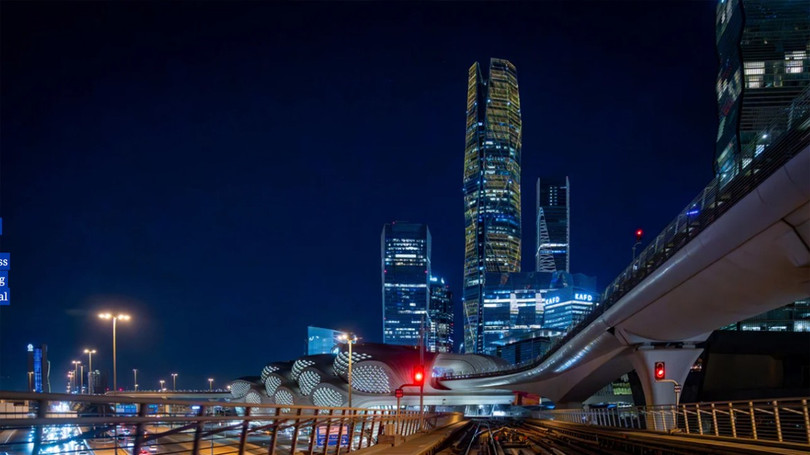
Built at a cost of $22.5 billion, the system can transport at least 3.6 million passengers per day and includes many architectural wonders at the stations the train passes through.
Riyadh Metro has a total of 85 stations, of which four are particularly prominent: King Abdullah Financial District (KAFD), STC, Western Station and Qasr Al Hokm.
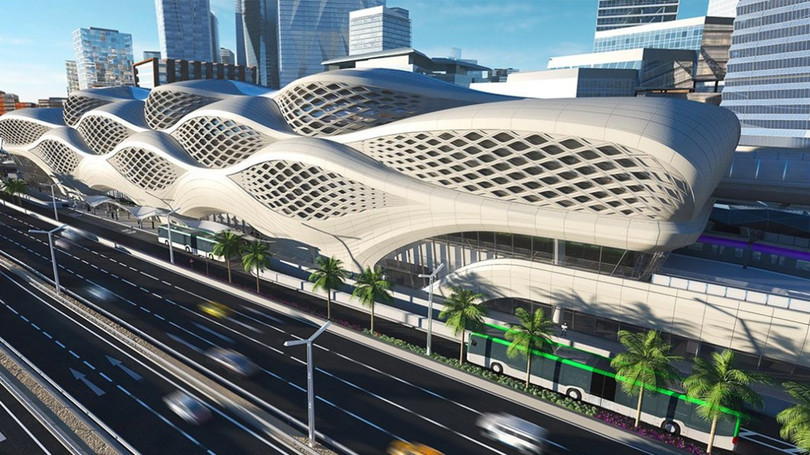
King Abdullah Financial District Station or KAFD (pictured) has become the network's busiest station, with a curving mesh facade inspired by desert patterns formed by wind.
The iconic and central KAFD station connects three metro lines, is connected to the new monorail system and has a bus terminal. It also houses several works of art, including a sculpture by American artist Alexander Calder, part of Riyadh Art’s permanent collection.
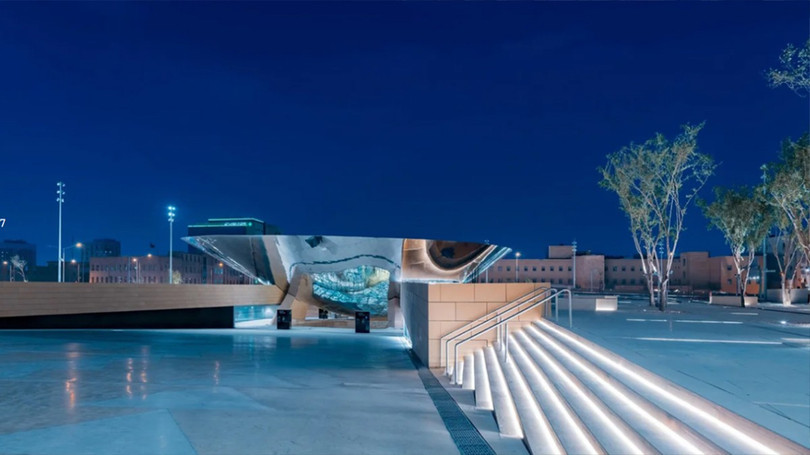
Located in the historic area of Riyadh, Qasr Al Hokm station opened in February, providing direct access to many government buildings and famous monuments, including Al-Hukm Palace, Imam Turki bin Abdullah Grand Mosque and Al Masmak Palace.
The station is also considered a tourist attraction as people often stop here to admire and take pictures of the curving designs.
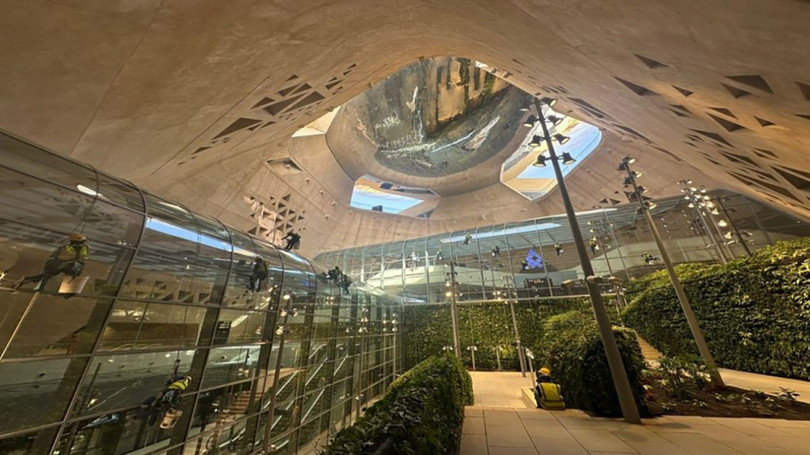
Qasr Al Hokm Station covers an area of over 22,000 square meters, is 40 meters deep, and has 7 floors, 17 elevators, and 46 escalators. The station's curved stainless steel dome reflects the surrounding neighborhood, creating a fusion of history and modernity.
Inside the station are shops, art galleries and indoor gardens where passengers can sit on benches to enjoy the space.
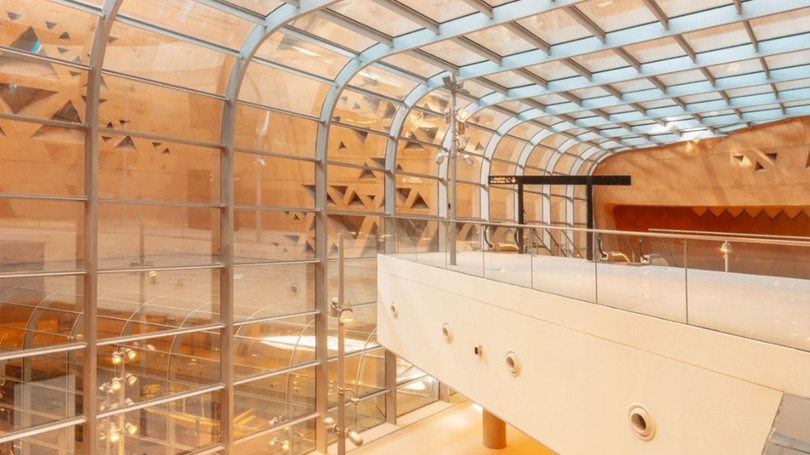
Trisha Ooi, a Riyadh resident who came from Malaysia four years ago, said she often recommends tourists visit Qasr Al Hokm, in addition to familiar landmarks such as Sky Bridge and Boulevard World.
“I think this is one of the most attractive attractions,” said Ooi.
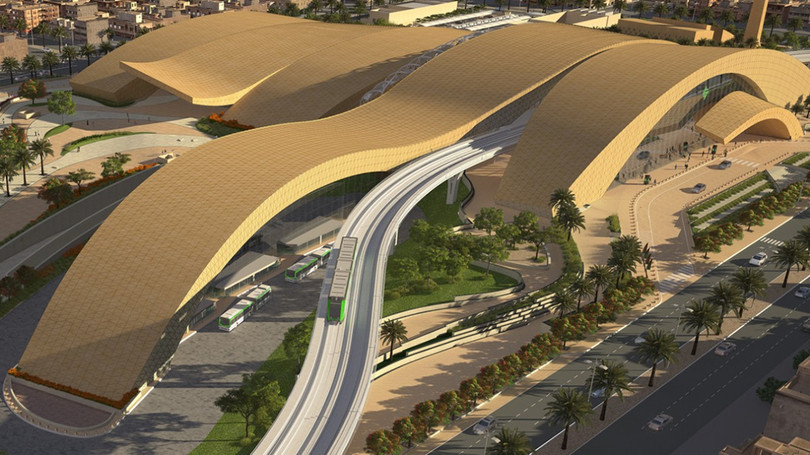
Western Station (pictured) opened in January, while the STC station was inspired by the limestone formations of Saudi Arabia's Tuwaiq Mountains.
Not only is the Riyadh Metro visually stunning, it also scores points for sustainability with its energy-efficient trains equipped with regenerative braking systems. Stations are equipped with solar panels. The system is also designed to be very user-friendly.
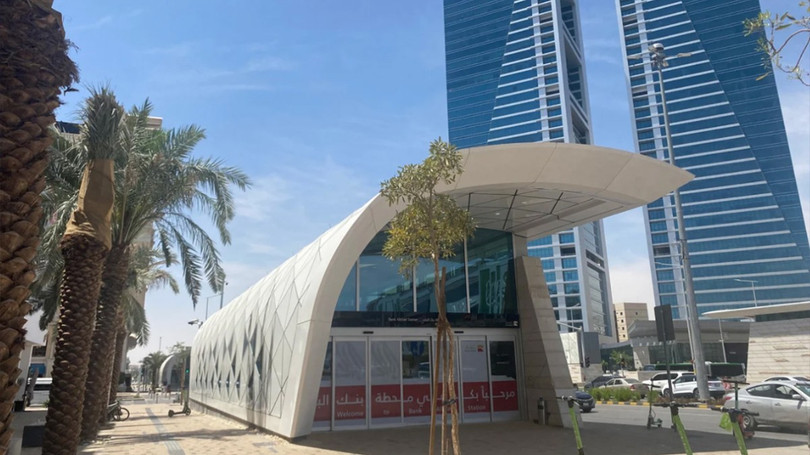
Visitors to Riyadh can buy Darb, a reusable transport card similar to New York's OMNY card, at vending machines at stations or using the Darb app. In September, Hassan bin Thabet Street station was added to the Orange Line.
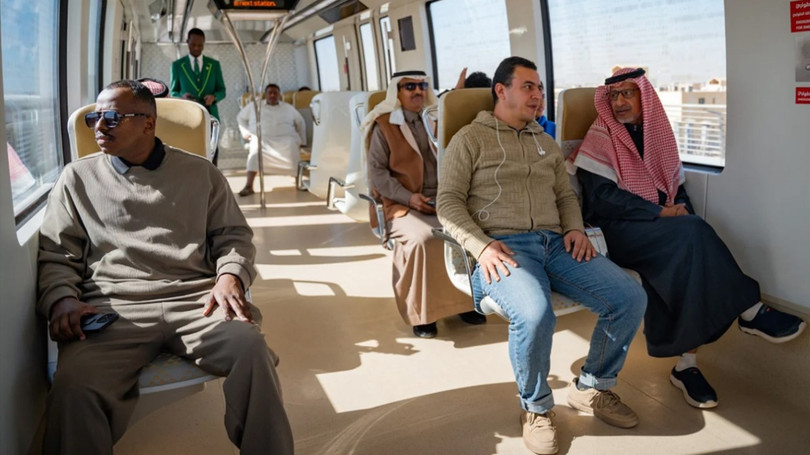
Trains run every four minutes during peak times. Seats are considered comfortable by passengers, but not many, especially compared to the London Underground. The network currently has two-car trains with around 55 seats and four-car trains with 123 seats. This makes for a spacious, airy feel, but means passengers may have to stand during busy journeys.
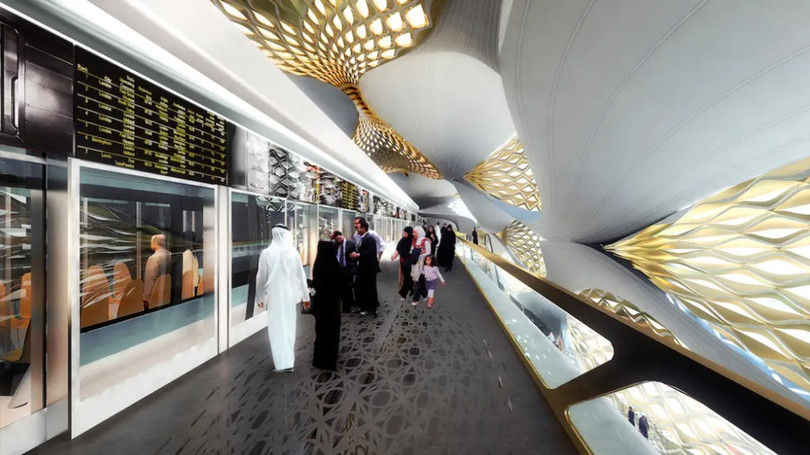
Six months into its launch, the system has exceeded expectations. The Royal Commission for Riyadh Metro reported that more than 18 million passengers traveled in the first 11 weeks. Last month, Riyadh Metro welcomed its 100 millionth passenger.
“Riyadh Metro will make the daily lives and commutes of citizens, residents and visitors easier, providing them with a world-class urban mobility experience,” said Ibrahim bin Mohammed Al Sultan, Minister, Member of the Council of Ministers and Director-General of the Royal Commission for Riyadh City.
Source: https://baohatinh.vn/ben-trong-chuyen-tau-22-ty-usd-cua-arab-saudi-post296669.html










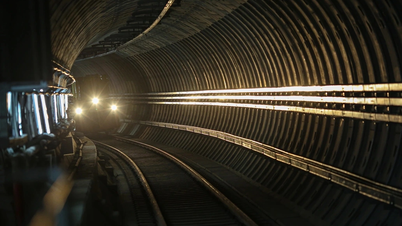
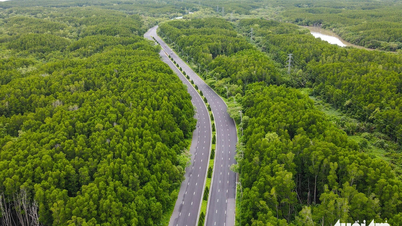

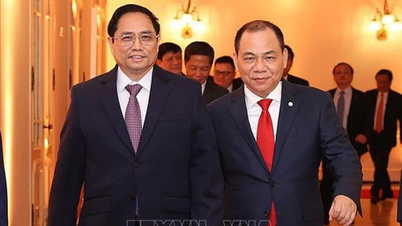




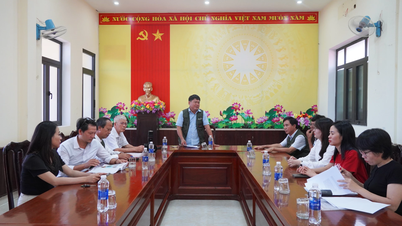





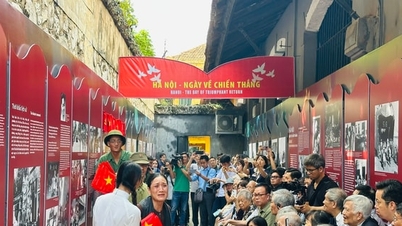


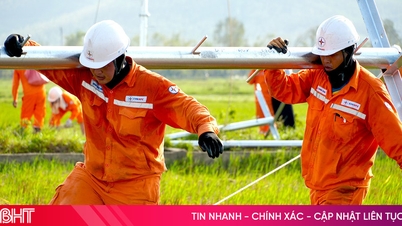




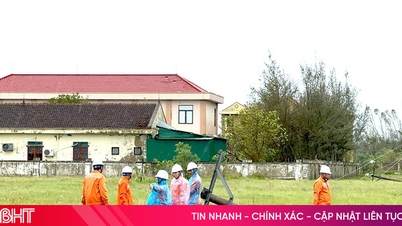
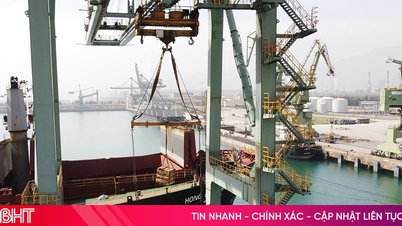

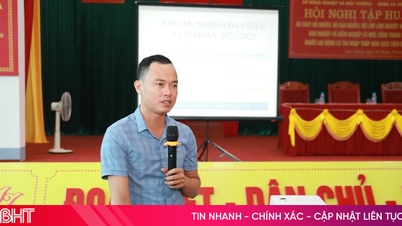
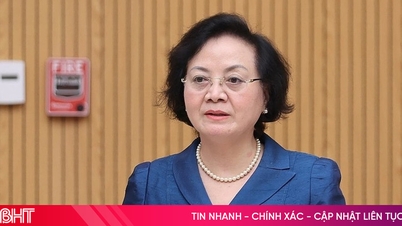
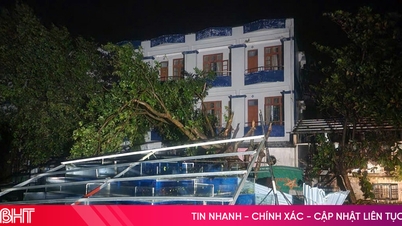














































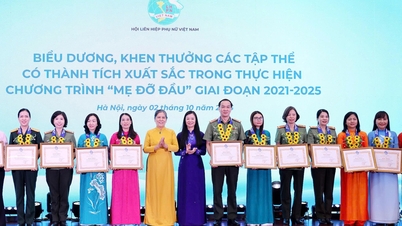

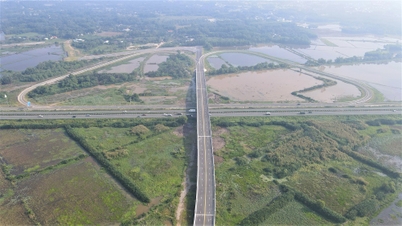



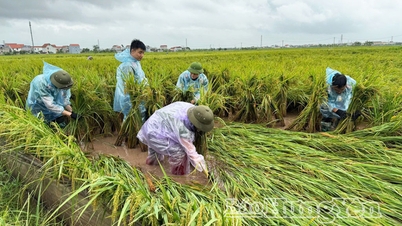

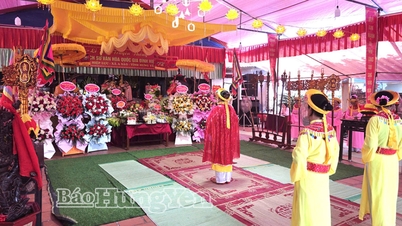
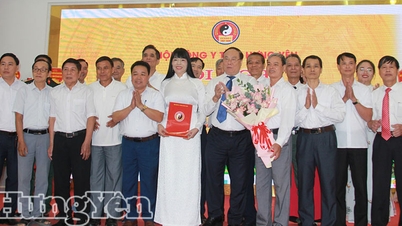













Comment (0)